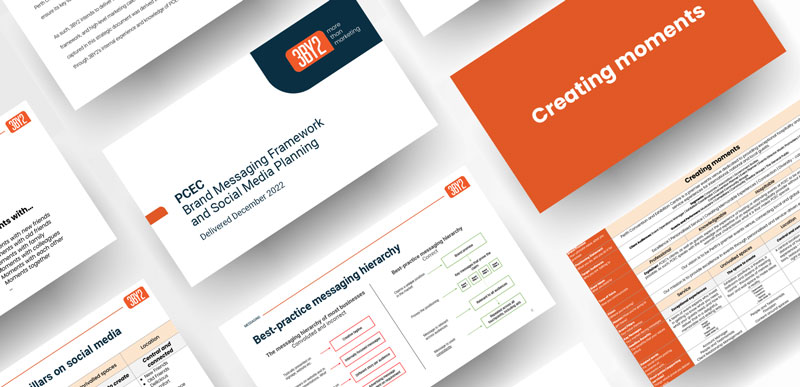Understanding the Steps and Common Issues
Sending and receiving emails is second nature to most of us. So much so, that no one (okay, except for your IT guy) stops to think about how a small business sends and receives emails in the first place – unless something has gone wrong, of course.
Picture this: it’s a hot Monday afternoon, you’ve just poured your 2 pm coffee and you’re smashing your to-do list. Pleasant, right? But suddenly…something doesn’t feel right. You haven’t received an email since 8 am and you’re starting to wonder why. As much as we’d like to think this is a beautiful coincidence to ease you into the week ahead (and for some lucky ducks, it might be), the chances are you’re facing some issues with your emails. Well, before we get to what the problem could be, let’s unpack how an email is sent in the first place! It’ll be fun. We swear?
When you send an email, it goes through a series of steps before it reaches its destination:
- Outbox: The email is stored in your outbox until it’s ready to be sent.
- SMTP server: The email is sent to an SMTP (Simple Mail Transfer Protocol) server that acts as a relay to send the email to the recipient’s email server.
- Recipient’s email server: The email is received by the recipient’s email server, which processes the email and delivers it to the recipient’s inbox.
If you’re experiencing issues sending or receiving emails, there are a few considerations your DNS host start within their troubleshooting:
- Are your DNS settings correct?
- Is your email address blacklisted?
- Do you have SPF and DKIM authentication set up in your DNS?
- Does the desired recipient’s email server have unusually strict filtering rules? This will often be the case with larger, public companies such as BHP or Rio Tinto for example.
- Has your email address been accidentally marked as spam?
There’s a lot of technical jargon in there, we know. You must be able to trust your DNS host – email issues aren’t always avoidable but if they can start with the above considerations, your woes should be resolved in no time!
If your business uses a mass mailing system (such as ActiveCampaign, HubSpot or MailChimp) for electronic direct mail, your sending authority needs to be a major consideration. If you fail to meet basic authentication requirements through your chosen eDM platform, you risk damaging your sending reputation in your normal day-to-day emails using the same domain.
Here are our top tips for keeping your sending reputation as watertight as possible:
- Implement SPF, DMARC and DKIM authentication. That’s a lot of acronyms, but they’re important ones! Our marketing automation expert breaks them down neatly here.
- Segment your database, and use those segments effectively! Smart email content marketing starts with who you’re sending to, but it’s more than that. If you send all email content to everyone in your database, the odds are that not everyone will find the content relevant. The result? They’ll be likely to unsubscribe or mark you as spam. The higher the percentage of unsubscribes or spam reports from a single email campaign, the more likely your sending reputation will be damaged.
- Avoid spam-triggering words or attachments, and regularly spam test your email content! There are plenty of free spam testing tools online you can use – and it can make a world of difference to your sending reputation.
Emails may seem complex, but they don’t have to be. A trustworthy DNS host and some best-practice marketing can set you on your way to avoiding email deliverability and receivability issues. Need further advice? Look to 3BY2 for technical expertise. We’re more than just marketing, after all.




